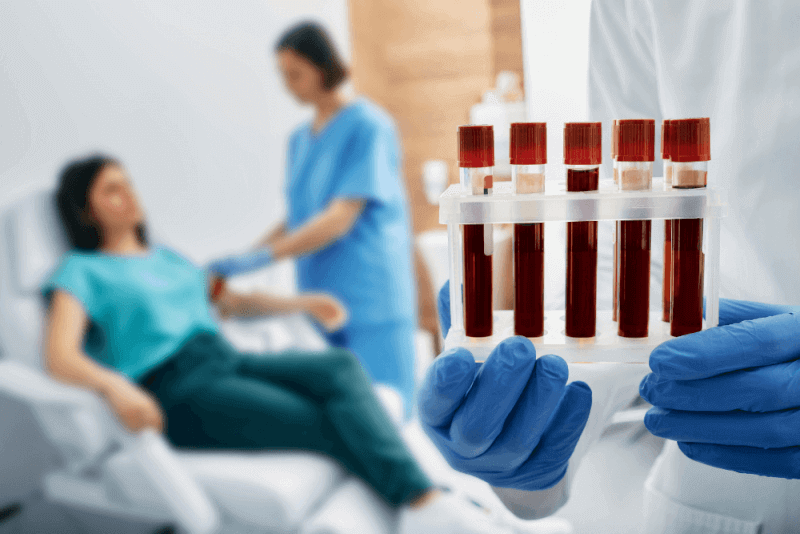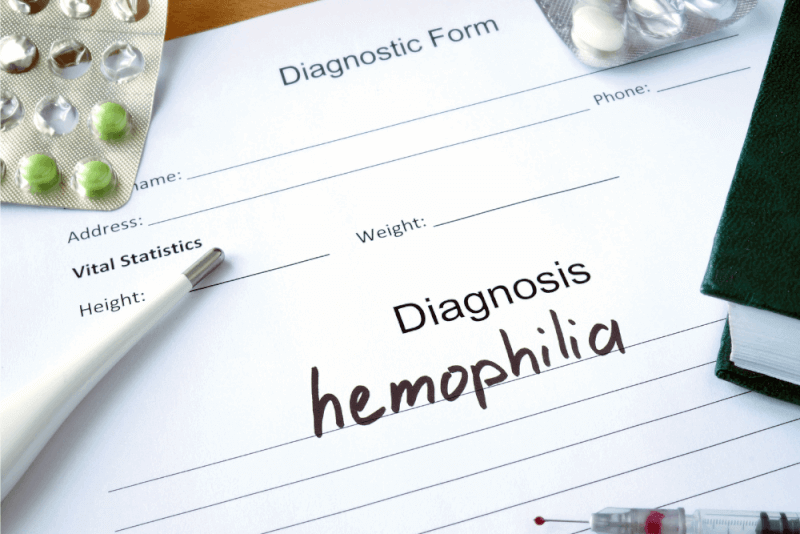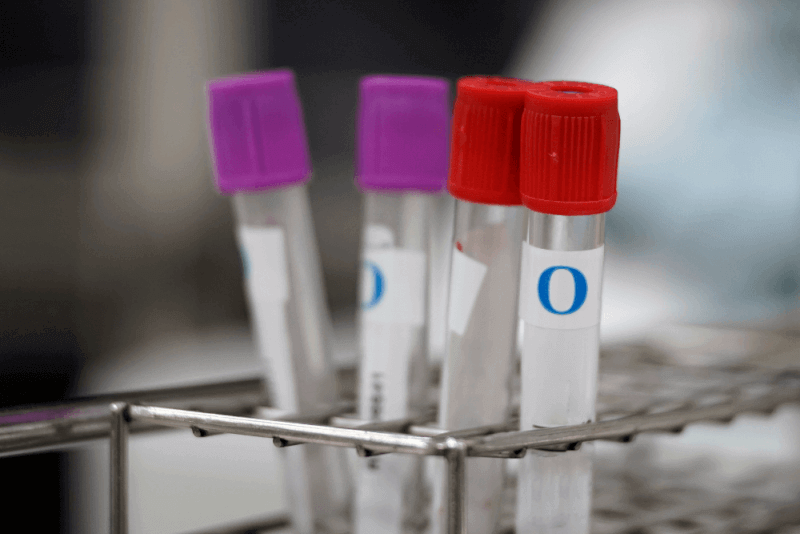What is a Biopsy?
A biopsy is the process of taking a sample from an organ or tissue to identify and examine a disease and to initiate appropriate treatment. Biopsies, which are crucial for diagnosis, can be performed in various ways. Some biopsies can be done with a simple needle, while others may require surgery.
Biopsies are essential for diagnosing many diseases, especially cancer. Once the sample is pathologically examined, the treatment process can begin. Biopsies help to examine suspicious tissues and play a critical role in shaping the treatment plan.
How is a Biopsy Performed?
A biopsy is performed by a specialist under appropriate conditions. The method of biopsy depends on the area from which the sample is taken and the purpose. Some biopsies use imaging techniques, while others are performed during surgical procedures, and some are done under local anesthesia.
- Before a biopsy, the patient is prepared according to the doctor's instructions. In certain cases, blood thinners or other medications may be stopped.
- If the biopsy is performed under local anesthesia, the area is numbed to ensure the patient feels no pain or discomfort.
- In some cases, imaging techniques like MRI, ultrasound, or X-rays are used during the biopsy, while in others, the sample is taken during surgery.
- The doctor uses appropriate equipment to take a sample of tissue or fluid from the suspicious area.
- The collected sample is sent to a pathology laboratory for examination.
Why is a Biopsy Performed?
A biopsy is a medical procedure used for diagnosis when an abnormal mass, cancerous tissue, lesion, or other suspicious findings are encountered in the body. The reasons for performing a biopsy include:
- Cancer diagnosis: A biopsy is performed to determine whether an abnormal tissue found during the doctor’s examination or imaging is cancerous.
- Type, characteristics, and stage of cancer: A biopsy can determine the characteristics of the cancerous tissue, helping doctors decide on the most appropriate treatment.
- Spread of the disease: Biopsies are used to check if cancer has spread to other parts of the body, providing essential information about the stage of cancer and its progression.
- Treatment and monitoring: Biopsies are crucial in determining the most suitable treatment and evaluating whether the treatment is effective, as well as tracking the progression or regression of the disease.
Where Are Biopsies Performed?
Biopsies can be performed on various tissues for diagnostic purposes or to monitor health conditions. They are used to identify the cause of health problems and guide the treatment process. Some common biopsy sites include:
- Skin biopsy
- Stomach biopsy
- Lung biopsy
- Prostate biopsy
- Lymph node biopsy
- Liver biopsy
- Pancreas biopsy
- Bone biopsy
- Heart biopsy
- Nerve tissue biopsy
Bone Marrow Biopsy
A bone marrow biopsy involves taking a sample from the bone marrow in the lower back using a needle. In some patients, surgery may be required to perform this procedure. The bone marrow sample helps diagnose and treat various diseases, including blood disorders, bone marrow cancer, and other tumors. The structure, number, and function of the cells in the bone marrow are analyzed to identify these conditions.
Breast Biopsy
A breast biopsy is performed to examine breast tissue, often under ultrasound guidance and with local anesthesia. It is used to investigate suspicious lesions identified through palpation or mammography.
Throat Biopsy
A throat biopsy is performed to investigate suspicious conditions, particularly in the thyroid gland. It is used to determine whether nodules in the thyroid are benign or malignant. A fine needle is used to take a sample from the nodules under ultrasound guidance.
Lung Biopsy
A lung biopsy involves taking a tissue sample from the lung to diagnose lung cancer or other lung diseases. It is usually done under local anesthesia, and a special needle is used to collect the sample, which is then sent for pathological examination.
Uterine Biopsy
A uterine biopsy can be performed under local or general anesthesia. It is used to detect abnormalities in the uterus or to examine tumors and cancerous tissues. A biopsy needle is used to take a sample from the uterine wall. Mild bleeding or spotting after the procedure is considered normal.
How Long Does It Take to Get Biopsy Results?
The time it takes to receive biopsy results depends on the type of biopsy performed and the amount of tissue collected from the organ. Typically, it takes 2 to 10 days for the sample to be sent for analysis and examined in a pathology lab.
What to Pay Attention to Before a Biopsy?
The precautions before a biopsy vary depending on the type of biopsy and the organ from which the sample will be taken. In general, here are some important points to consider before a biopsy:
- Blood thinners may need to be adjusted according to the doctor’s instructions. Blood thinners increase the risk of bleeding during and after the biopsy. It is important to follow the doctor's recommendations regarding medication.
- Patients are typically asked to fast depending on the type of anesthesia and the organ from which the sample will be taken.
- Blood tests are performed to assess the patient's risk of bleeding before the biopsy.
- Medications, pregnancy, and any allergies should be discussed with the doctor.
What to Pay Attention to After a Biopsy?
- The patient should rest after the biopsy, and during this time, their pulse, blood pressure, respiration, and bleeding are monitored.
- The patient's overall condition is monitored with blood tests, urine tests, and, if necessary, imaging techniques.
- After a liver biopsy, the patient is asked to rest on their right side.
- Following a lung biopsy, a CT scan is performed to check for complications such as bleeding or air leakage between the lung membranes.
- After a kidney biopsy, the patient may need to wait before drinking water or eating. The patient is asked to stay in bed for a period of time. Depending on the doctor's advice, the patient can return to daily activities.
- After a breast biopsy, if an open biopsy was performed, stitches may be applied, and the area may be bandaged. Mild pain and bruising in the treated area are normal.
What Are the Side Effects of a Biopsy?
Biopsies are generally not painful during or after the procedure. Recovery time and the return to daily routines are usually short, but like any medical procedure, biopsies have some side effects.
- Bleeding
- Infection
- Fever
- Bruising at the biopsy site
- Pain
- Swelling
Types of Biopsy
Various biopsy methods can be chosen depending on the size and type of tissue being sampled. Some common biopsy methods include:
- Needle biopsy
- Open surgical biopsy
- Brush biopsy
- Chorionic villus sampling
- Cone biopsy
- Endoscopic biopsy
- Shave biopsy
- Punch biopsy
- Stereotactic biopsy
- Vacuum biopsy
Fine Needle Aspiration Biopsy (FNAB)
Fine needle aspiration biopsy is a procedure where a thin needle is used to collect a sample from a mass or nodule, usually guided by ultrasound imaging. It is commonly used to diagnose thyroid nodules, salivary gland masses, lymph node nodules, subcutaneous nodules, or lung nodules.
Core Needle Biopsy
Core needle biopsy involves using a needle that ranges from 1 mm to 4 mm in diameter to collect a tissue sample. It is typically used for breast, liver, prostate, and lung tissues.
ROLL (Radioguided Occult Lesion Localization)
In ROLL, a radioactive substance is injected into the suspected lesion, and during surgery, a special device (gamma probe) is used to guide the surgical biopsy by determining the boundaries of the lesion.
Incisional Biopsy
Incisional biopsy involves surgically removing a portion of a suspicious mass in the breast tissue. Due to advances in technology, this method is not frequently used today.
Excisional Biopsy
Excisional biopsy involves surgically removing the entire mass found in the breast tissue.







